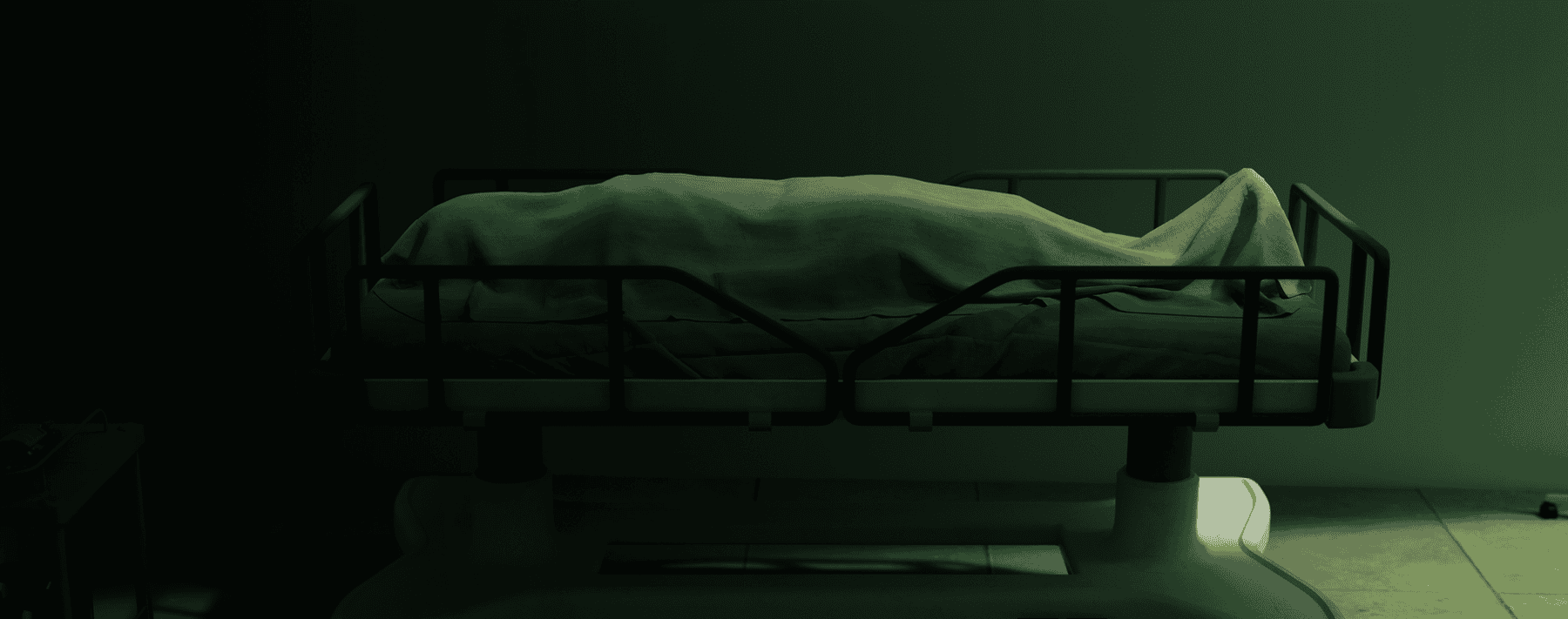United States v. Hruby, 2021 WL 5816413 (6th Cir. 2021)
An officer recently asked me to explain a lawyer code word he’d heard in a discussion as a prosecutor and defender argued about evidence in one of his cases. I guess he thought an attorney with a badge was a safe resource to ask. He asked, “What is 404(b) material?” This case is a great illustration of Rule 404(b) and what it means for cops.
Gregory Lee Hruby used the Whisper application to send the message that he was a “grandpa looking for open family,” suggesting he wanted sexual contact with children. From his home in Brazoria, Texas, Hruby chatted by text and voice with an undercover detective in Kentucky. Detective D’Hondt posed as a mother of 9- and 11-year-old daughters, who was willing to permit Hruby to engage in sex with them. Hruby’s statements led Detective D’Hondt to believe he had previously been sexually active with a young girl. Detectives arrested Hruby when he got off a plane in Lexington, Ky., to meet up for sexual activity.
Detectives gave Hruby a Miranda warning and he agreed to an interview. Hruby admitted he’d had sexual “interactions” with a young girl. Hruby told detectives one of his friends “sent” his five-year-old daughter “to bed” with him. Hruby admitted to molesting his friend’s daughter every few months for seven years. A search of Hruby’s cell phone revealed child pornography.
Federal Rule of Evidence 404(b) provides that prior act evidence “is not admissible to prove the character of a person in order to show action in conformity therewith.” Evidence of prior bad acts usually cannot be admitted at trial to show the defendant’s propensity to commit crimes similar to the offense in question. In other words, Rule 404(b) generally bars character evidence. Juries are not likely to afford the presumption of innocence to a known criminal. Nonetheless, there are several exceptions to Rule 404(b).
Evidence of prior bad acts may be admissible to show:
- Motive
- Opportunity
- Intent
- Preparation
- Plan
- Knowledge
- Identity
- Absence of mistake or accident
Officers don’t need an exhaustive knowledge of the rules governing the admissibility of evidence in court. Leave that boring task to the lawyers. But an officer who knows about exceptions to Rule 404(b) is better prepared to ferret out evidence that may be admissible and possibly tilt the balance toward a conviction. That’s what detectives did in Hruby’s case.
A current prosecution illustrates how Rule 404(b) works. Consider Ghislaine Maxwell, who is charged with sex-trafficking. Four women testify about acts that occurred when they were minors. Annie testifies Maxwell touched her breasts and groomed her for sexual contact with Jeffrey Epstein. Jane testifies Maxwell instructed her on how to please Epstein and that Maxwell joined in the sexual activity. Kate testifies to similar events and states that Maxwell gave her a “schoolgirl” outfit to wear to a sexual encounter with Epstein. Carolyn testifies Maxwell arranged for her to massage Epstein while he masturbated, and Maxwell touched Carolyn’s breasts, hips and buttocks.
When it comes to the Rules of Evidence, officers only need to know that our job is to investigate, dig and gather all inculpatory and exculpatory evidence.
Now, hypothetically, assume Jeffrey Epstein and Ghislaine Maxwell together arranged for more than a dozen young girls to massage Epstein while Maxwell watched and sometimes joined in the sexual abuse that followed. If a jury were to hear about the long line of victims, jurors might conclude that Annie, Jane, Kate and Carolyn must be telling the truth because it sounds just like the kind of evil Maxwell and Epstein routinely committed. Rule 404(b) is intended to prevent that conclusion. The prosecutor needs to advance some relevant reason why the jury should hear about other or previous crimes, complaints or acts. Moreover, another rule of evidence, Rule 403, bars evidence of other bad acts when their probative value is substantially outweighed by the danger of unfair prejudice to the defendant.
Hruby argued that both Rule 404(b) and Rule 403 should have kept the jury from hearing about his prior sexual abuse and the child pornography on his phone. Hruby argued that the jury might believe he traveled from Texas to Kentucky intending to sexually abuse 9- and 11-year-old girls if the jury knew he’d molested another girl from age five to age 12. He also asked the court to suppress his text and phone statements made during his chats with Detective D’Hondt. Thus, he argued, the probative value of that evidence was substantially outweighed by the danger of unfair prejudice to him.
In cases like Hruby’s, Federal Rule of Evidence 414(a) can provide a way for admission of evidence of prior abuse. Federal Rule of Evidence 414(a) provides that: “In a criminal case in which a defendant is accused of child molestation, the court may admit evidence that the defendant committed any other child molestation.” One court recently held that evidence of a prior contact offense of sexual abuse was admissible under Rule 414(a) in a prosecution for possession of child pornography (United States v. Knight, 2021 WL 567670 (8th Cir. 2021)).
The appellate court held the trial judge properly applied Rules 403, 404(b), and 414(a) to allow the jury to hear the evidence of Hruby’s chats, child pornography and his admission to long-term sexual abuse of another child. If you’re an attorney, read the case. There is much more to learn about the intersection of these rules. Hruby will have the next 30 years in prison to read up on the Federal Rules of Evidence.
Three important lessons from this case: First, when it comes to the Rules of Evidence, officers only need to know that our job is to investigate, dig and gather all inculpatory and exculpatory evidence; let the attorneys battle over admissibility. Second, all states have rules of evidence that are very similar to the federal rules. The principles in this case apply to your work no matter the state in which you serve. Finally, evil people are among us. Gregory Lee Hruby is one of them. There are more; go find them and bring them to justice. Just as there are evil people, there are superheroes wearing badges. I’ve never met Detective Heather D’Hondt of the Kentucky Department of Criminal Investigations. But I know she is one of those great heroes who trudge through the cesspools of the internet to protect kids.



